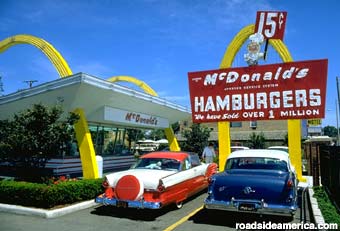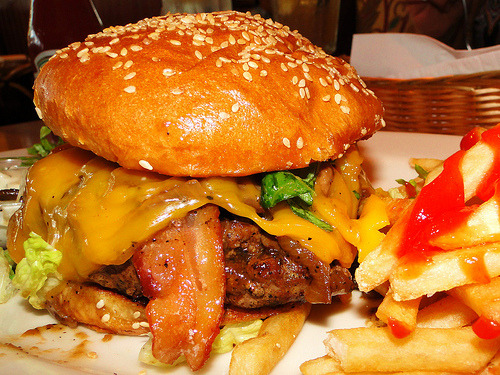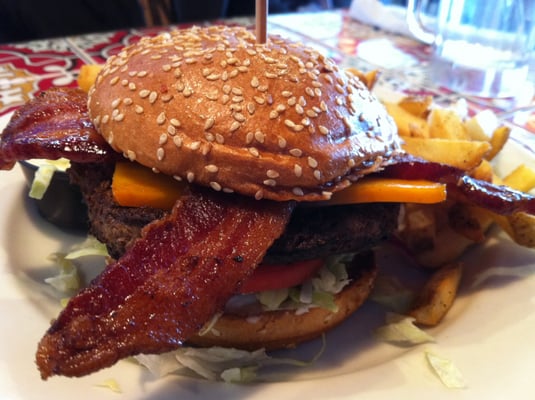Gravy Queen
Head Chef
Not so much a food show, but a health show regarding overeating and undereating.
Two extremes are put together to sample each others diets (very overweight person v anorexic) and to examine each others life styles with a view to changing their own lifestyles.
I am constantly shocked at how being overweight through eating too much, becomes a disability, in a big way. People are being hoisted out of their houses, into supersize ambulances to get to hospital to be treated for health problems brought on by their size.
Also, if someone is so big they literally cannot move, who is feeding them enough to maintain or increase that weight? And who pays for that amount of stuff????
And, why are food portions in the US so gigantic???
Two extremes are put together to sample each others diets (very overweight person v anorexic) and to examine each others life styles with a view to changing their own lifestyles.
I am constantly shocked at how being overweight through eating too much, becomes a disability, in a big way. People are being hoisted out of their houses, into supersize ambulances to get to hospital to be treated for health problems brought on by their size.
Also, if someone is so big they literally cannot move, who is feeding them enough to maintain or increase that weight? And who pays for that amount of stuff????
And, why are food portions in the US so gigantic???








